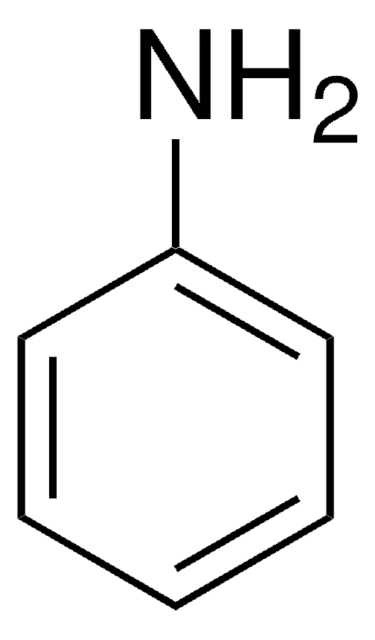248614
Ammonium persulfate
ACS reagent, ≥98.0%
Synonym(s):
AP, APS, Ammonium peroxodisulfate, Ammonium peroxydisulfate, PER
About This Item
Recommended Products
grade
ACS reagent
Quality Level
vapor density
7.9 (vs air)
assay
≥98.0%
form
chunks or granules
powder or crystals
reaction suitability
reagent type: oxidant
impurities
≤0.005% insolubles
≤0.04 meq/g Titr. acid
ign. residue
≤0.05%
pH
1-2 (25 °C, 228 g/L)
anion traces
Cl- and ClO4-: ≤0.001%
cation traces
Fe: ≤0.001%
Mn: ≤0.5 ppm
heavy metals (as Pb): ≤0.005%
SMILES string
N.N.OS(=O)(=O)OOS(O)(=O)=O
InChI
1S/2H3N.H2O8S2/c;;1-9(2,3)7-8-10(4,5)6/h2*1H3;(H,1,2,3)(H,4,5,6)
InChI key
ROOXNKNUYICQNP-UHFFFAOYSA-N
Looking for similar products? Visit Product Comparison Guide
General description
Application
- Primary and secondary alcohols to corresponding carbonyl compounds in an aqueous medium.
- Thiols to disulfides.
signalword
Danger
Hazard Classifications
Acute Tox. 4 Oral - Eye Irrit. 2 - Ox. Sol. 3 - Resp. Sens. 1 - Skin Irrit. 2 - Skin Sens. 1 - STOT SE 3
target_organs
Respiratory system
Storage Class
5.1B - Oxidizing hazardous materials
wgk_germany
WGK 1
flash_point_f
Not applicable
flash_point_c
Not applicable
Certificates of Analysis (COA)
Search for Certificates of Analysis (COA) by entering the products Lot/Batch Number. Lot and Batch Numbers can be found on a product’s label following the words ‘Lot’ or ‘Batch’.
Already Own This Product?
Find documentation for the products that you have recently purchased in the Document Library.
Customers Also Viewed
Our team of scientists has experience in all areas of research including Life Science, Material Science, Chemical Synthesis, Chromatography, Analytical and many others.
Contact Technical Service






